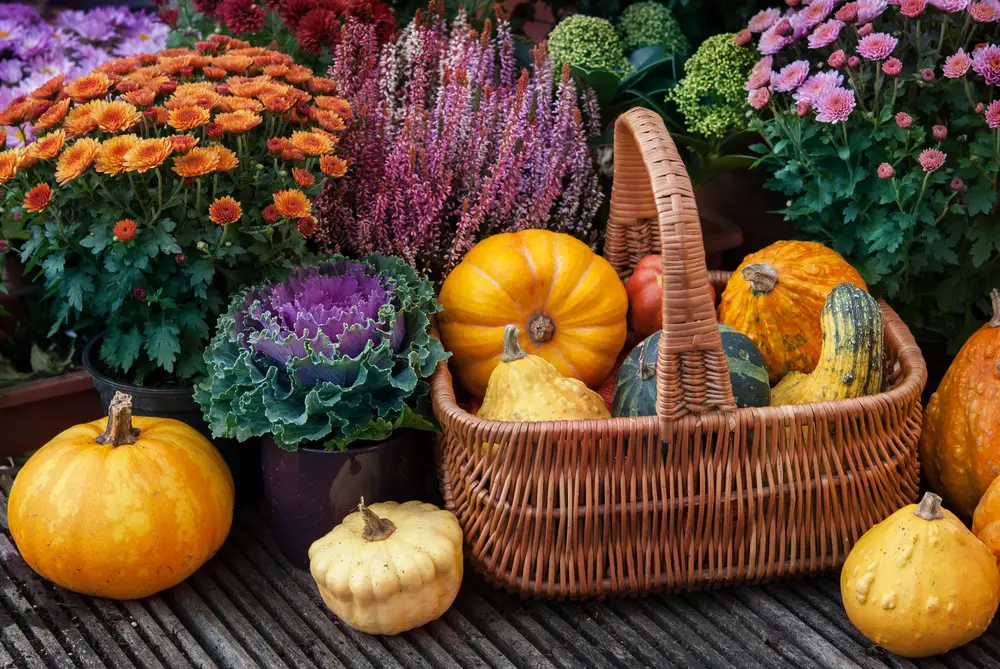I love spending time in my garden, and I’m often disappointed when all the fun is over at the end of summer. But it doesn’t have to be! A fall garden has many benefits, but just what are they?
7 Benefits Of A Fall Garden
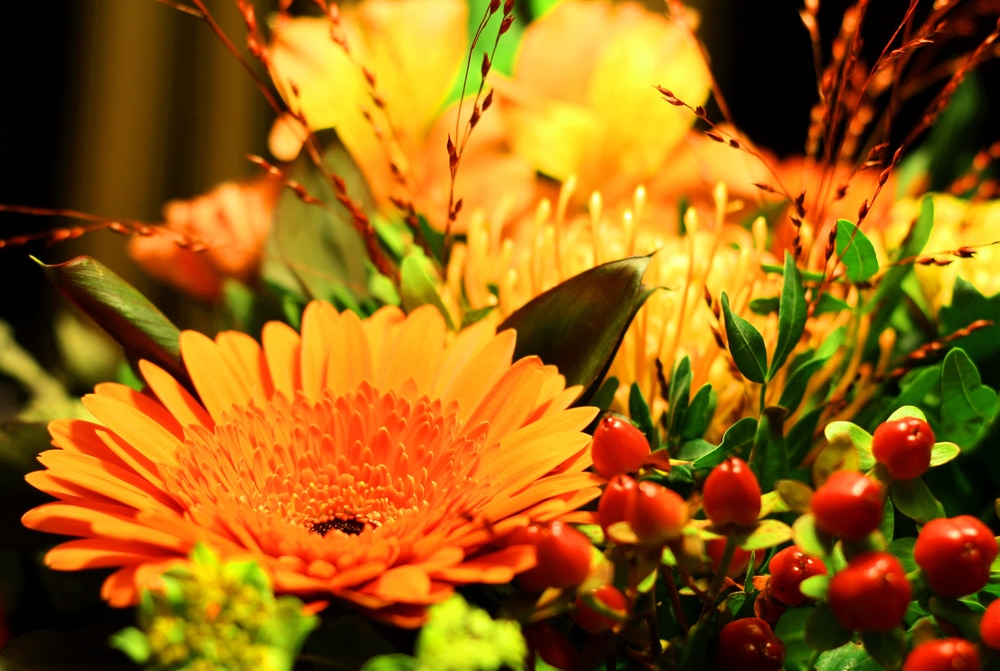
There are many benefits to having a fall garden. These include dealing with fewer issues, less physical strain, better crop yields, and more.
Let’s start with how it’s less physically straining.
1 – It’s Less Physically Straining
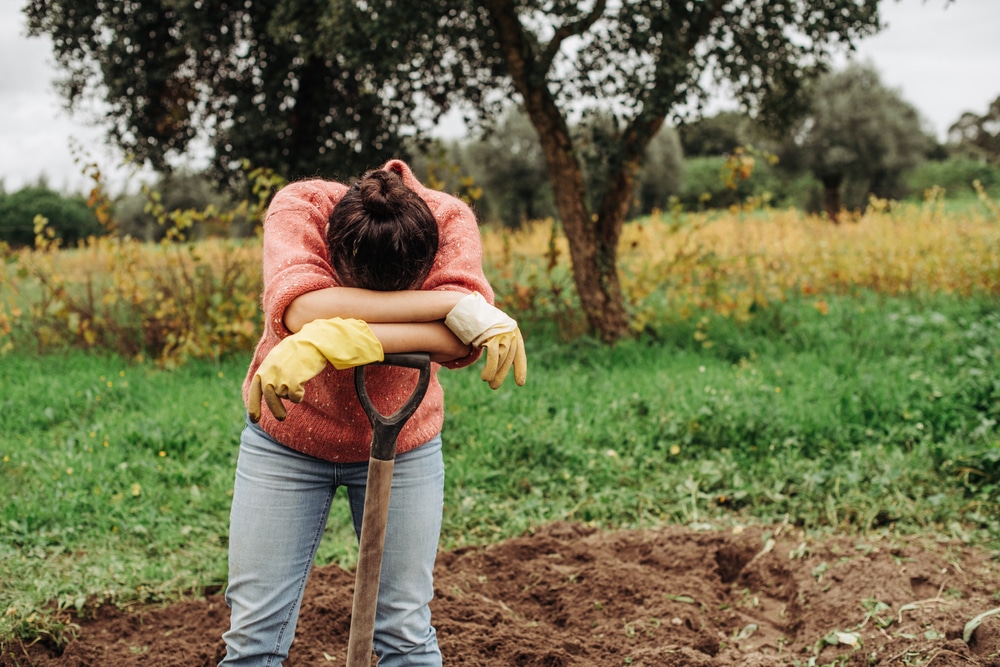
Working in the garden in summer can put immense strain on your body. It’s more than just the heavy lifting, planting, and mowing. It’s also the hot temperatures.
I’ve spent a lot of time gardening in the heat, and I’ll be the first to tell you that it takes away much of the enjoyment of tending to your garden. But when you head outside in the fall, the temperature is much cooler, and you won’t get worn out as easily.
Moreover, there’s always a risk of heat stroke in summer. Not so in the cooler months with a fall garden.
2 – Fewer Bugs And Diseases
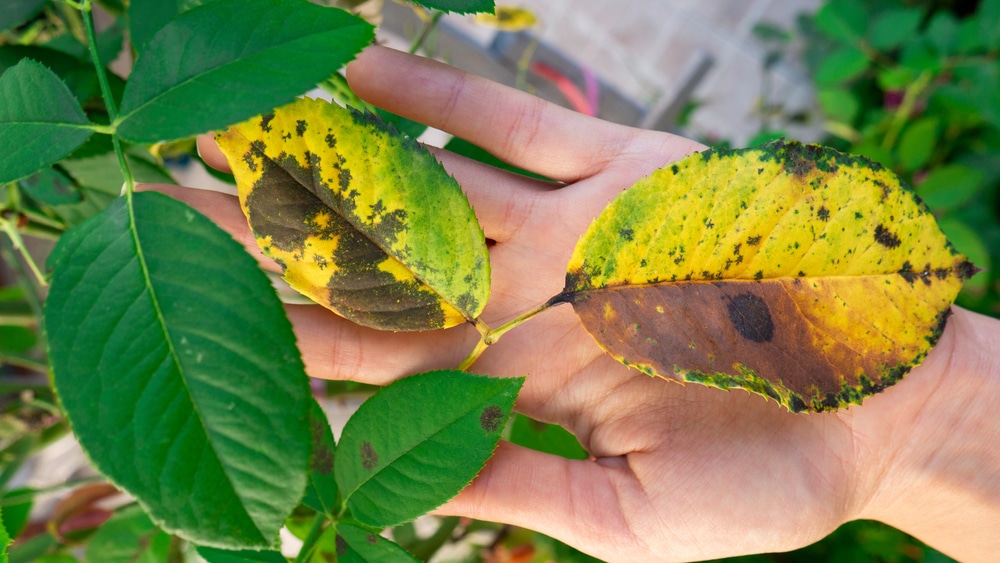
The risk of pests and diseases affecting your plants makes gardening difficult in the summer. In some cases, these issues can eradicate some of your best plants. Controlling them is a challenge.
But pests and diseases usually thrive better in summer conditions. For example, plant diseases do incredibly well in humid conditions. Once fall arrives, most of them won’t be a problem anymore, so you’ll have much healthier plants.
Also, most insect pest-hatching cycles will have finished by fall. Their populations will be lower, and any surviving fall insects will already have found a home for winter, so they’re unlikely to mess with your garden.
3 – Some Crops Do Better In Cooler Weather

If you’re looking for an excellent spring harvest, planting things like carrots, broccoli, and parsnips is the way to do it.
Unlike many plants, these crops do much better in cooler weather. Moreover, if they’re in the ground over winter and exposed to frost, there’s a good chance their taste will improve.
This is because plants will naturally create extra sugars to defend against frost, improving their flavor!
4 – Fewer Weeds
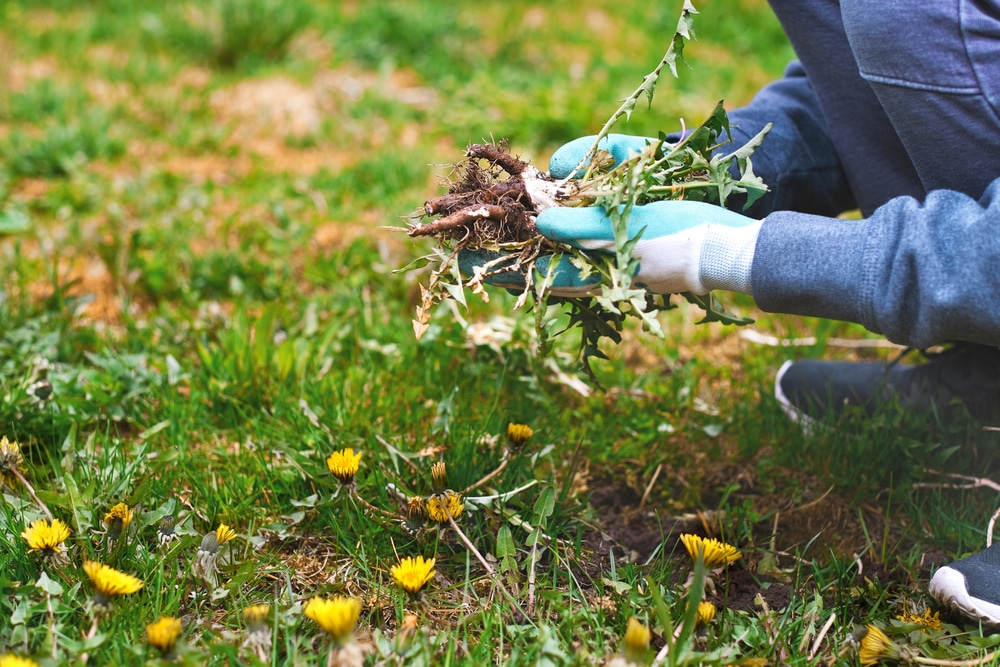
I’ve recently been outside (again) to tackle the weeds in my garden. I don’t like to use chemicals, so hand-pulling it is. But this is extremely physically demanding and, let’s face it, one of the more tedious and arduous garden jobs.
But have you ever noticed that weeds seem to vanish in the fall? That’s because most common weeds are warm-season plants, so they’ll have as good as disappeared by around September.
Moreover, fewer weeds mean less competition for newly transplanted plants, so they’ll have a better chance of growing healthy and strong.
5 – Extend Your Growing Season And Increase Crop Yield
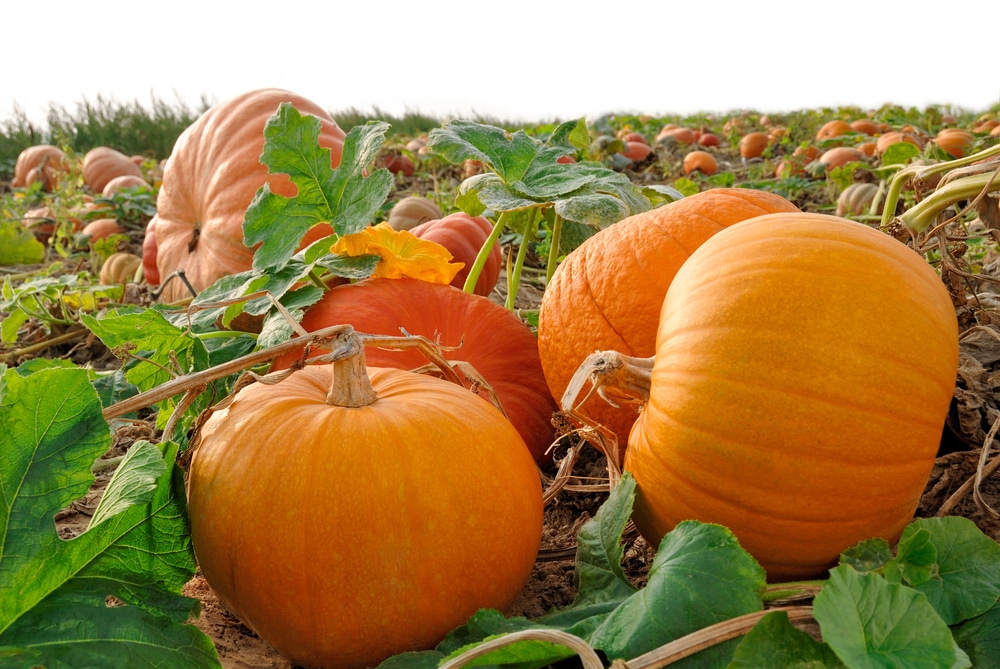
I love growing plants, and I’m always rewarded in the summer for my efforts. I’ll admit, though, that sometimes it’s been a case of trial and error.
There’s no need to hang up your garden shears and put away the plant pots once fall comes around, though. In fact, the fall is a great time to extend your growing season.
When you plant in the fall, your plants have a primary growing season and then get a rest over winter. They’ll have a second growing season in spring, so they’re often stronger and produce a better crop yield.
On the other hand, when you plant in spring, the plants don’t have as much time to grow before the stresses of summer start to take their toll.
6 – Rainfall Is More Predictable
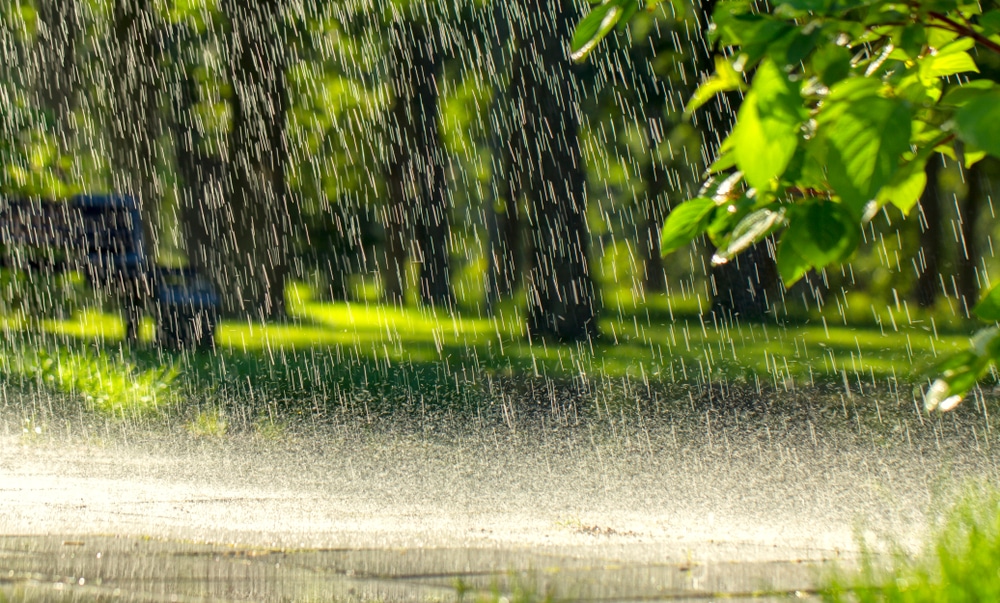
Have you ever tried planning garden work in the spring? If you have, you’ll know how unpredictable the precipitation can be. This can make it extremely difficult to get anything done and isn’t always good news for your soil and plants.
The rainfall is usually much more consistent in fall, but there’s not too much of it. This, coupled with cooler temperatures, means the soil becomes very workable as opposed to trying to plant in soggy spring soil, which can damage the soil’s structure.
With this consistent rainfall, you are also safe knowing your plants will have enough moisture without being saturated. Anything you have transplanted at this time will have perfect conditions to establish healthy roots.
7 – It’s A Great Time To Fertilize Your Garden
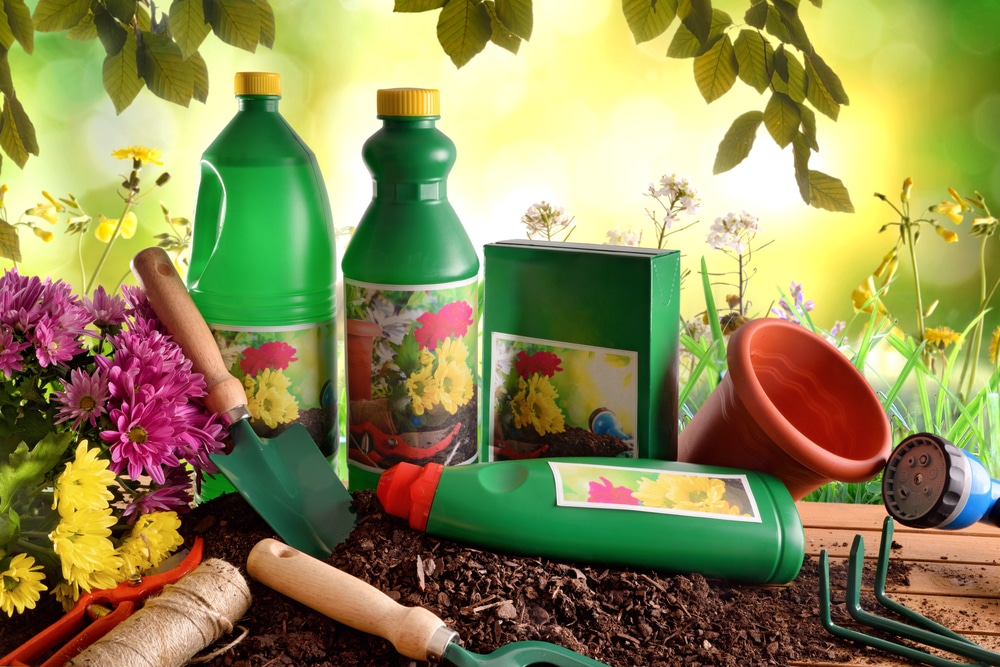
With cooler temperatures and more reliable precipitation, fall is a great time to fertilize your plants. They’ll absorb far more nutrients from the soil because of the consistent moisture, so they’ll grow stronger without as much stress.
I’d recommend using a 10-10-10 plant food, as this provides your plants with everything they need: phosphorus for healthy roots, nitrogen for rich leaf growth, and potassium for general plant health.
As soon as you add this to the soil, plants will start feeding immediately, and you won’t need to reapply for at least four months!
Tips For Your Fall Garden
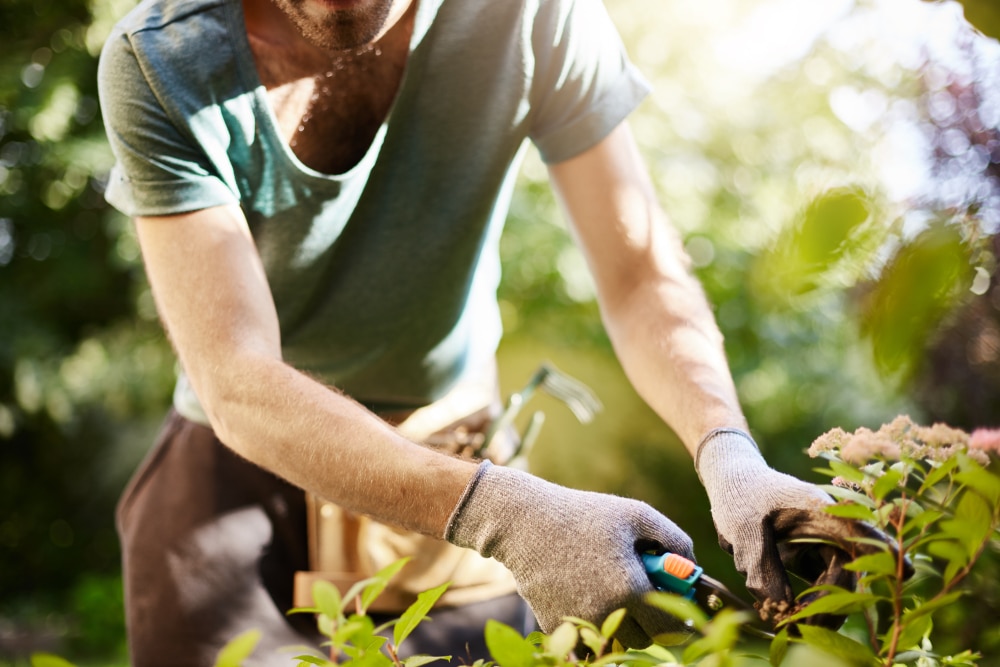
For many people, starting a fall garden will be a new journey, and that’s okay. We all have to start somewhere. The following tips will help you to make the most out of your fall garden:
- Plant spring bulbs like garlic, tulips, daffodils, and bluebells. Ensure you water them well and cover them with mulch for added protection over winter.
- You can also add mulch around established shrubs, trees, and perennials. This will help keep the soil warm and protect the roots from frost.
- You should prune woody perennials by about one-third in the fall. By the time spring comes around, they’ll really start to flourish.
- For herbaceous perennials (those without woody stems), it’s usually best to cut them right back in fall because if you don’t, they’ll likely die in winter anyway.
- Plant ornamental trees in fall. This way, the cool temperatures won’t sap too much moisture from the trees, so they’ll grow more healthily.
- Spend time tidying your garden; clear pathways, give the lawn one last mow, remove dead plants, and put away all your gardening tools.
- Keep a record of your gardening experience this year. You can note which plants performed best, detail any problems you’ve had, and use this information to plan for spring.
Can Anyone Start A Fall Garden?
Anyone can start a fall garden. This is easier if you already have gardening experience (and a garden), but you can start fresh too.

